Kullu, located in the beautiful valleys of Himachal Pradesh, is a major tourist destination famous for its natural beauty, shrines and cultural heritage. Situated on the banks of the Beas River, this city is nestled in the lap of the Himalayas and attracts tourists throughout the year. Kullu Valley is also called the ‘Valley of Gods’ because many ancient temples and religious sites are located here.
A trip to Kullu is a confluence of adventure and spirituality. The green valleys, high mountains, gurgling rivers and apple orchards here mesmerize the visitors. Kullu’s famous Dussehra festival is famous all over the world, in which thousands of devotees participate.
April to June and then September to November are considered the most suitable time to visit Kullu. Tourists who enjoy snowfall in winter come between December to February.
The weather here remains pleasant throughout the year, making it an ideal place for honeymoon couples, nature lovers and those who like trekking and adventure.
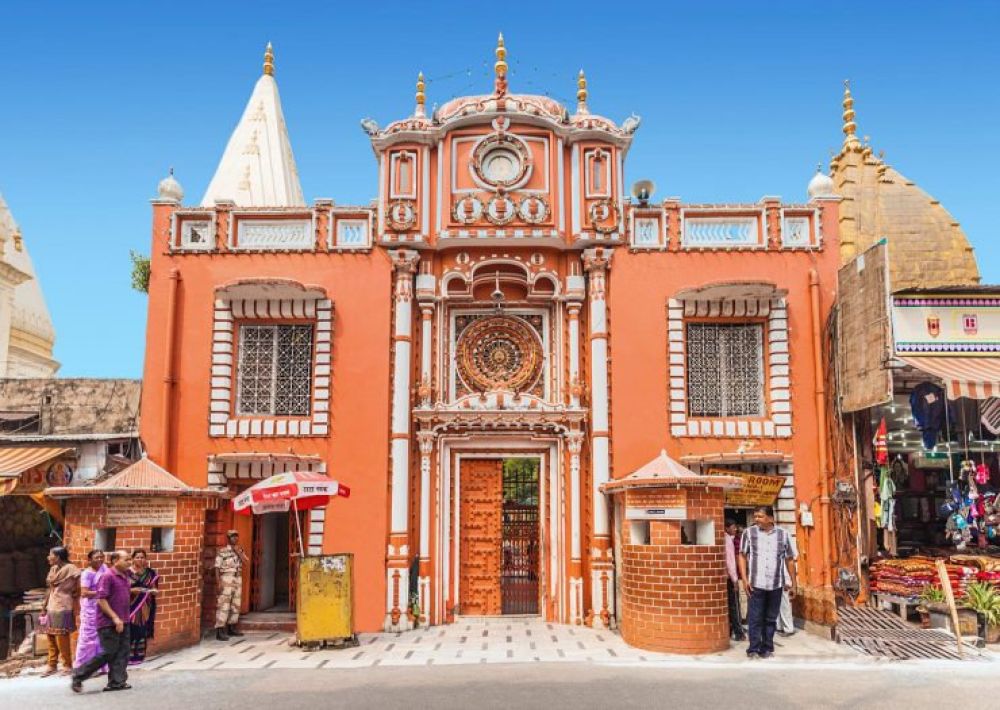
The most famous temple of Kullu, this temple of Raghunath ji was built by Raja Jagat Singh in the 17th century. This temple dedicated to Lord Rama is the main center of Kullu Dussehra. The architecture shows a combination of Pahari and Mughal style. Devotees experience mental peace and spiritual energy by visiting here.
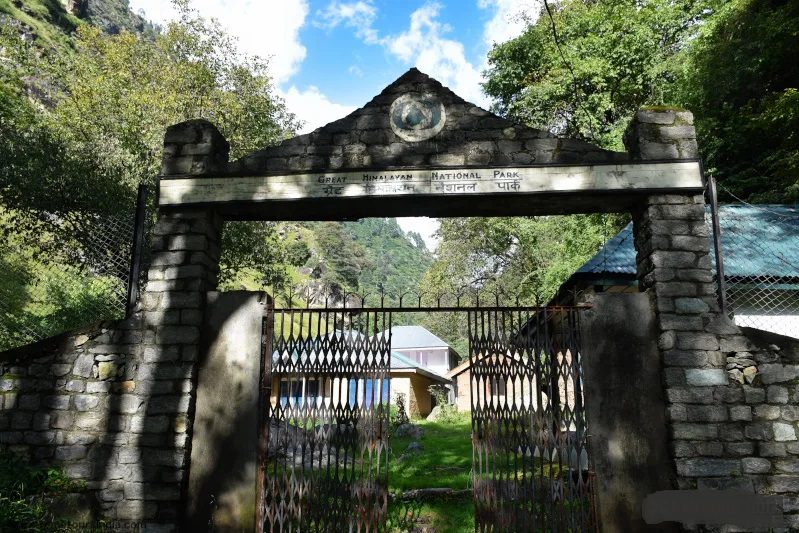
This is a UNESCO World Heritage Site, which is known for biodiversity. More than 375 species of animals are found here. This place is perfect for trekking, camping and bird watching. It is like a paradise for nature lovers.

This Gurudwara located in the Parvati Valley is a holy place for both Sikhs and Hindus. The hot water springs here are believed to cure diseases. The religious and natural significance of Manikaran makes it a unique place.
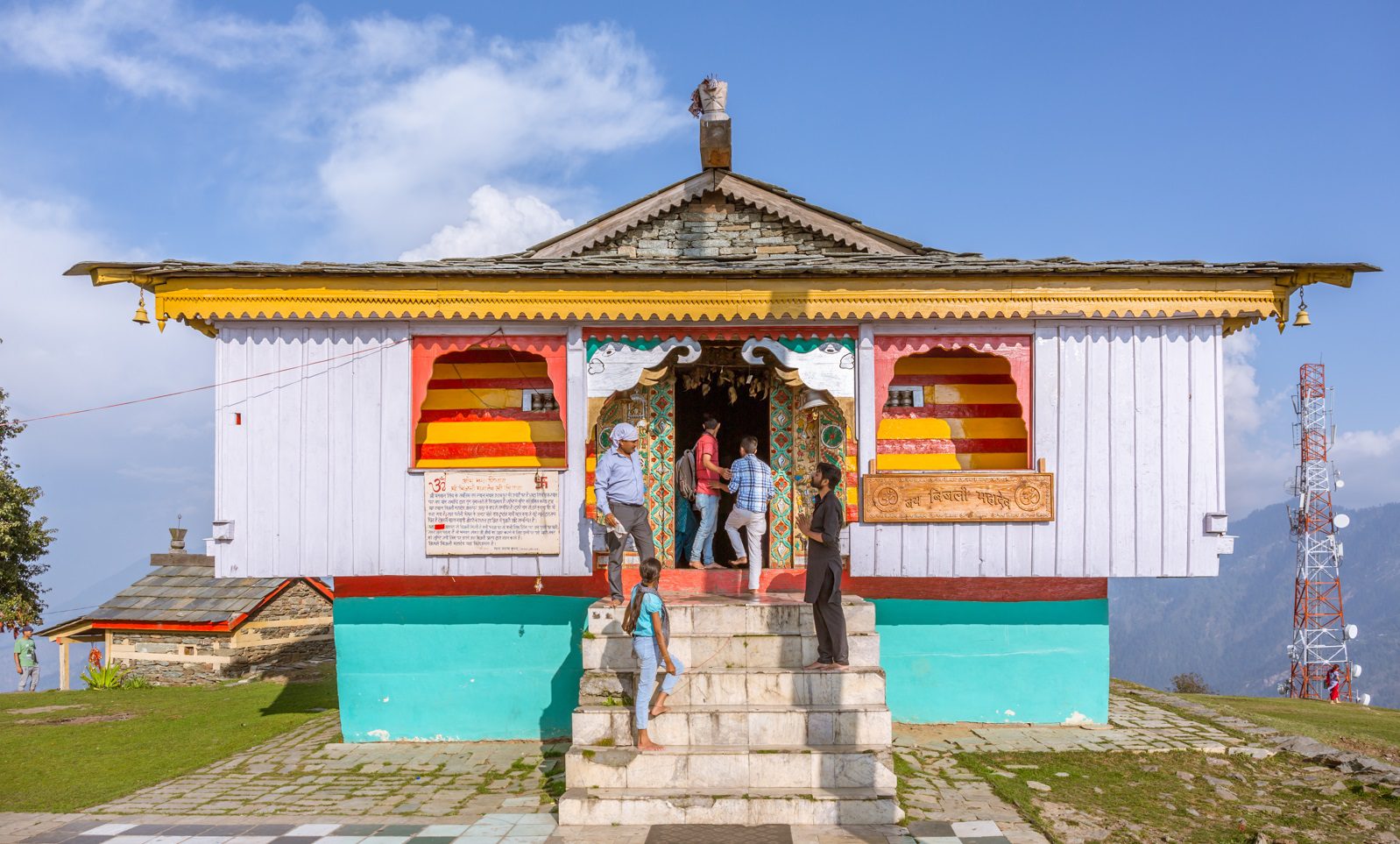
Situated on a high hill station, this temple is dedicated to Lord Shiva. Every 12 years lightning strikes here and the Shivling breaks, which the priests of the temple fix with ghee. The view of the valley from the temple is extremely picturesque.
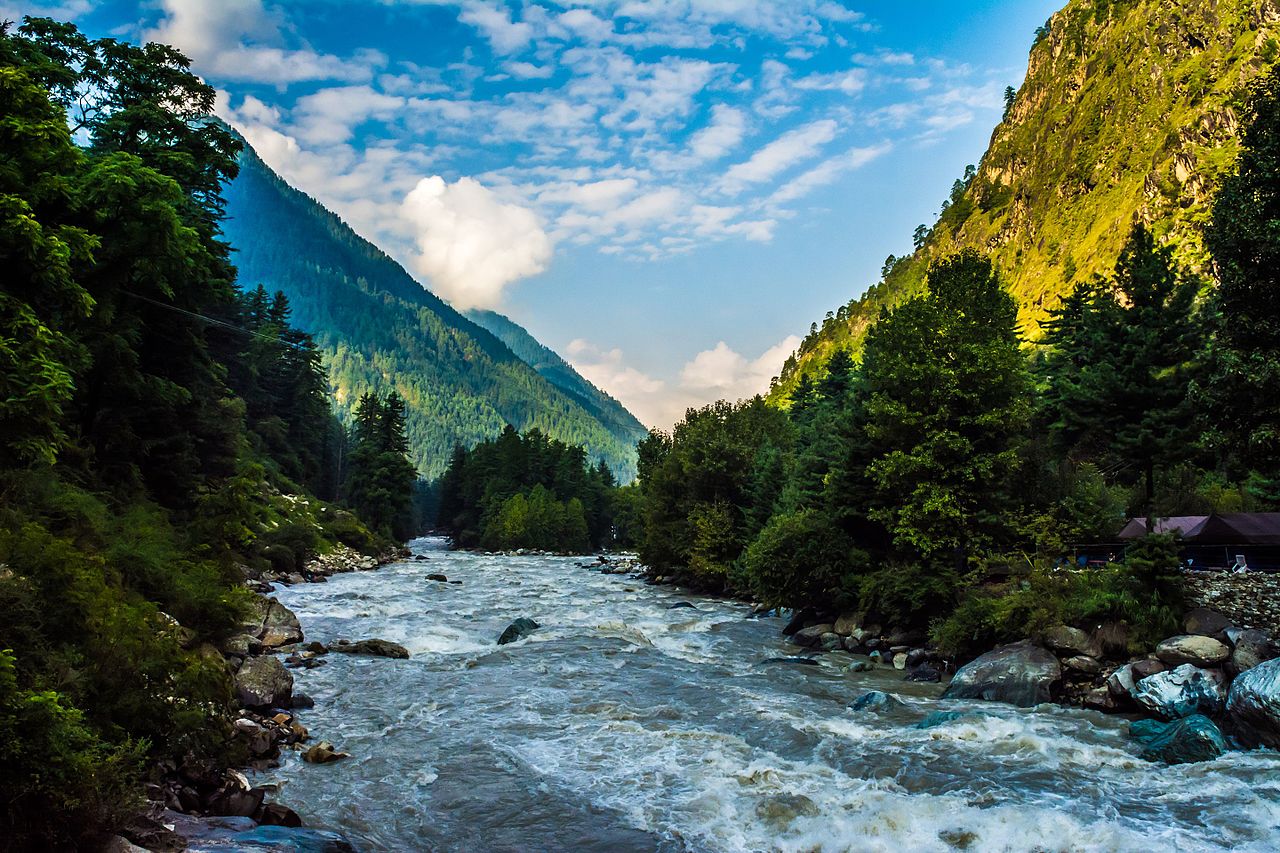
Kasol, located about 40 km from Kullu, is a popular hill station. This place is quite famous among trekkers and backpackers. Israeli cafes, peaceful atmosphere and trekking routes in this village located on the banks of the Parvati River are quite attractive.
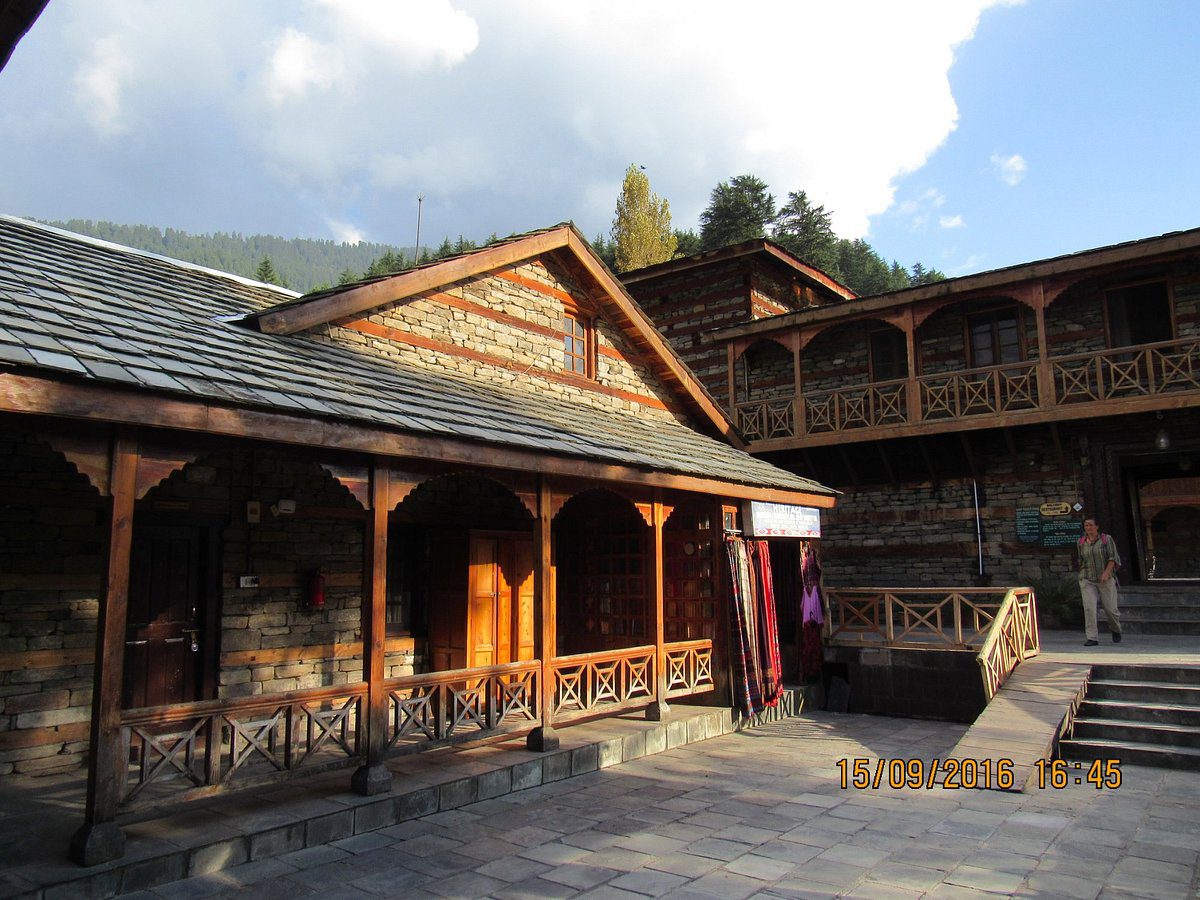
This fort of ancient Kullu kings has now been converted into a heritage hotel. A beautiful blend of local style and European influence is seen in its architecture. The view of the valley from here is extremely picturesque.
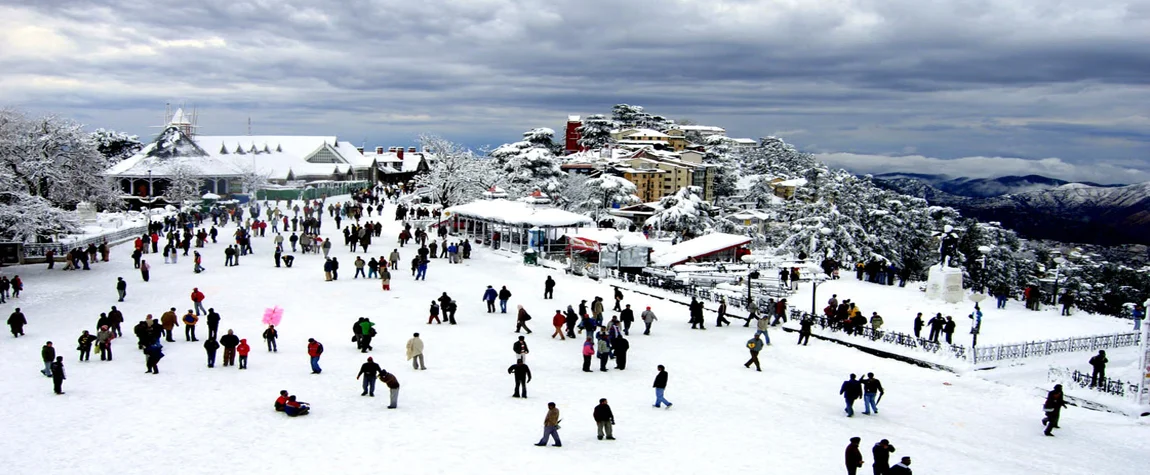
This valley is mainly famous for adventure activities like skiing, ziplining and paragliding. Snowfall can also be enjoyed here in winter. This place is no less than a paradise for adventure lovers.
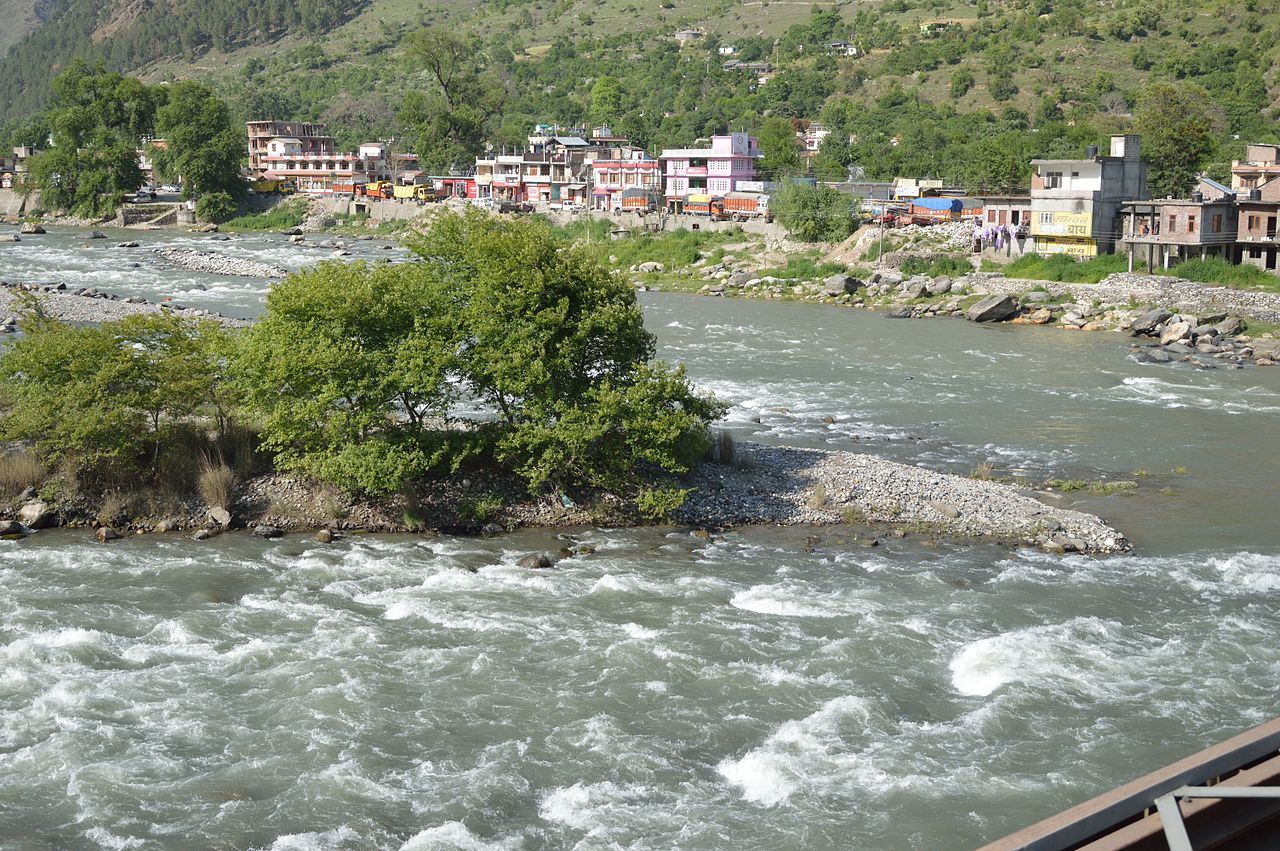
In Bhuntar you can find local handicrafts, woollen clothes and glimpse of Himachali culture. Also, spending time and having a picnic on the banks of the Beas River is a beautiful experience.
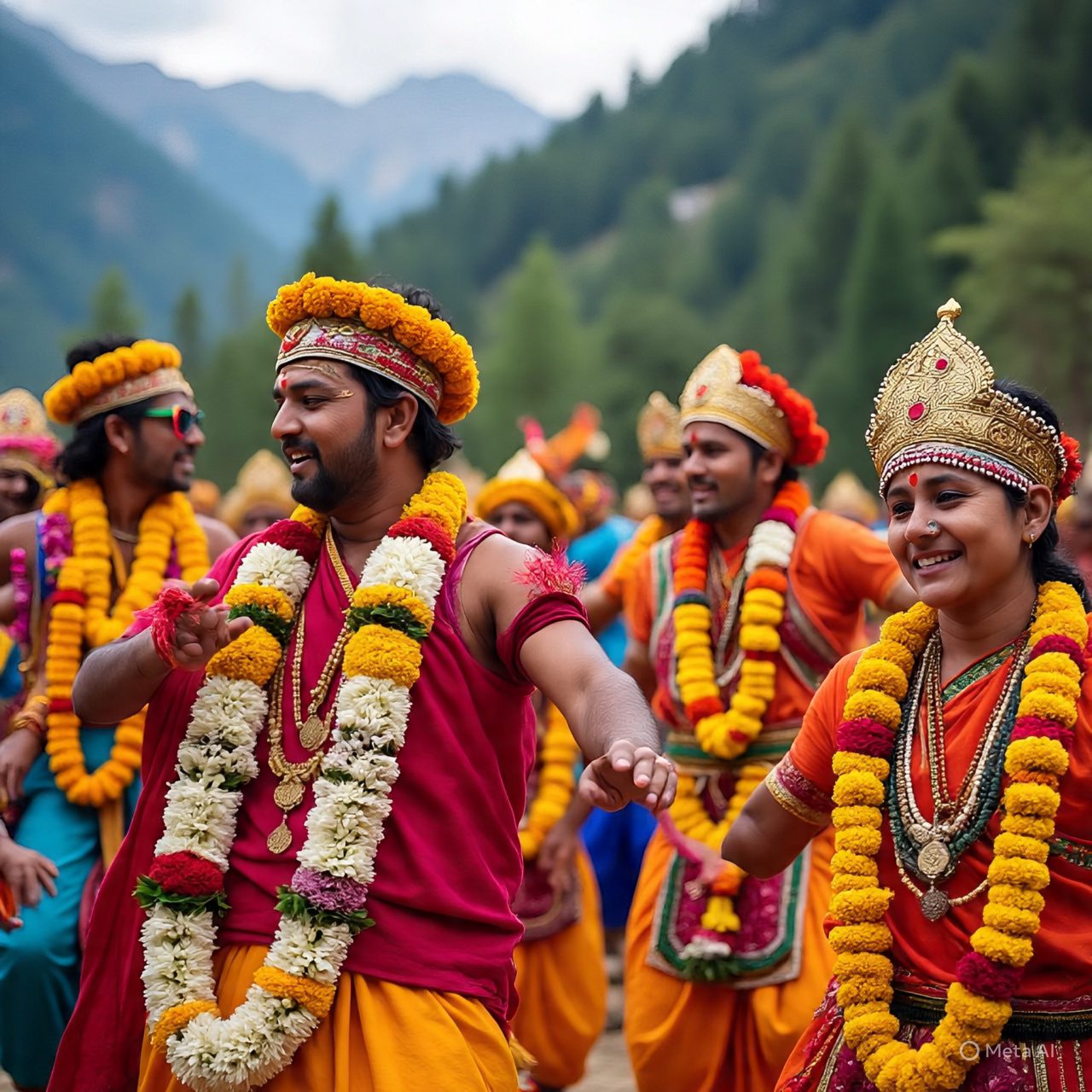
Phoolich festival is celebrated in August-September in Kullu and Lahaul-Spiti areas. It is called the “Festival of Flowers”. On this day people offer fresh wild flowers to the deities and celebrate. This festival is celebrated to express gratitude to nature and to seek blessings of the deities. Local people participate in dance, music and traditional costumes. This festival is a beautiful confluence of nature, culture and faith, which reflects the traditional identity of Kullu.
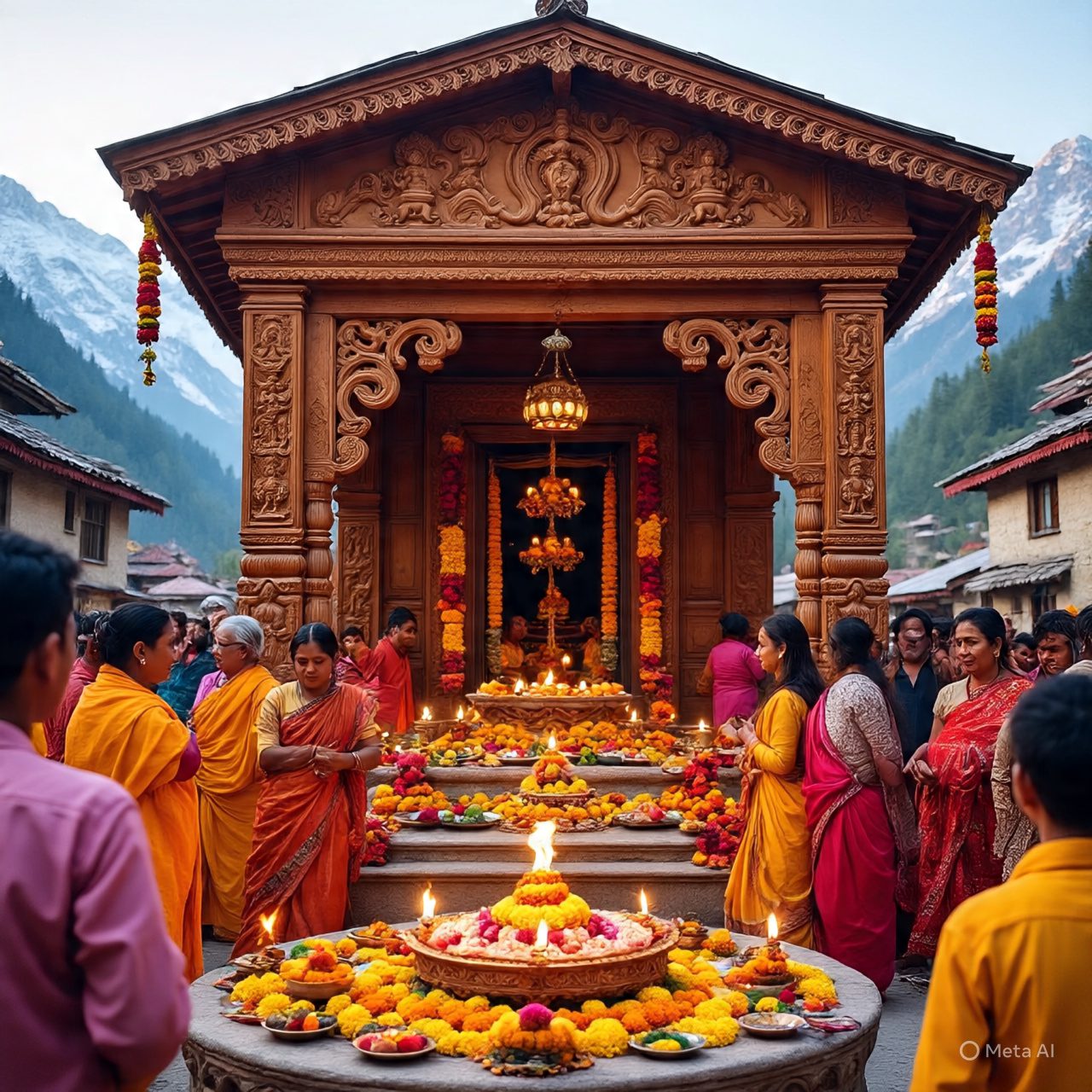
In Kullu, Diwali is called the ‘Diwali of the elderly’ because it is celebrated here a month later than mainland India. It is believed that when Lord Rama returned after completing 14 years of exile, the people of Kullu could not get the news till then. Therefore, Diwali is celebrated late here. On this day, houses are decorated with diyas, firecrackers are lit and puja is performed. This festival symbolizes light, victory, and auspiciousness.
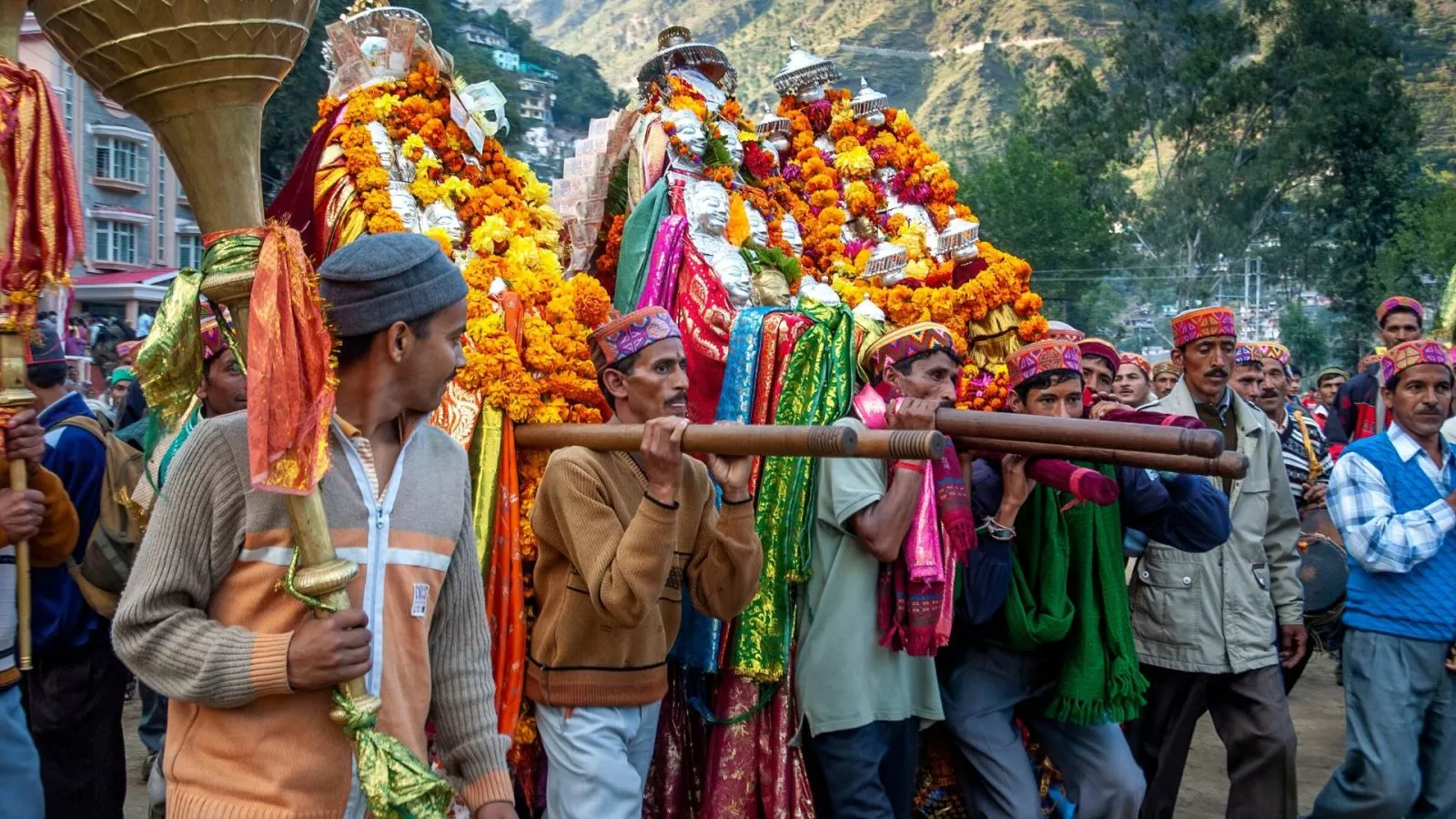
Kullu Dussehra is the most famous Dussehra festival in India, which starts on the day of Vijayadashami and lasts for seven days. This festival is celebrated as the worship of Lord Raghunath ji (Ram). Along with the Rath Yatra of Raghunath ji, idols of various deities are also brought, which attracts devotees from all over the region. There is no Ravana Dahan, but there is a Shobha Yatra of the deities. It is a symbol of religious faith, cultural heritage and local unity, which thousands of tourists come to see from the country and abroad.
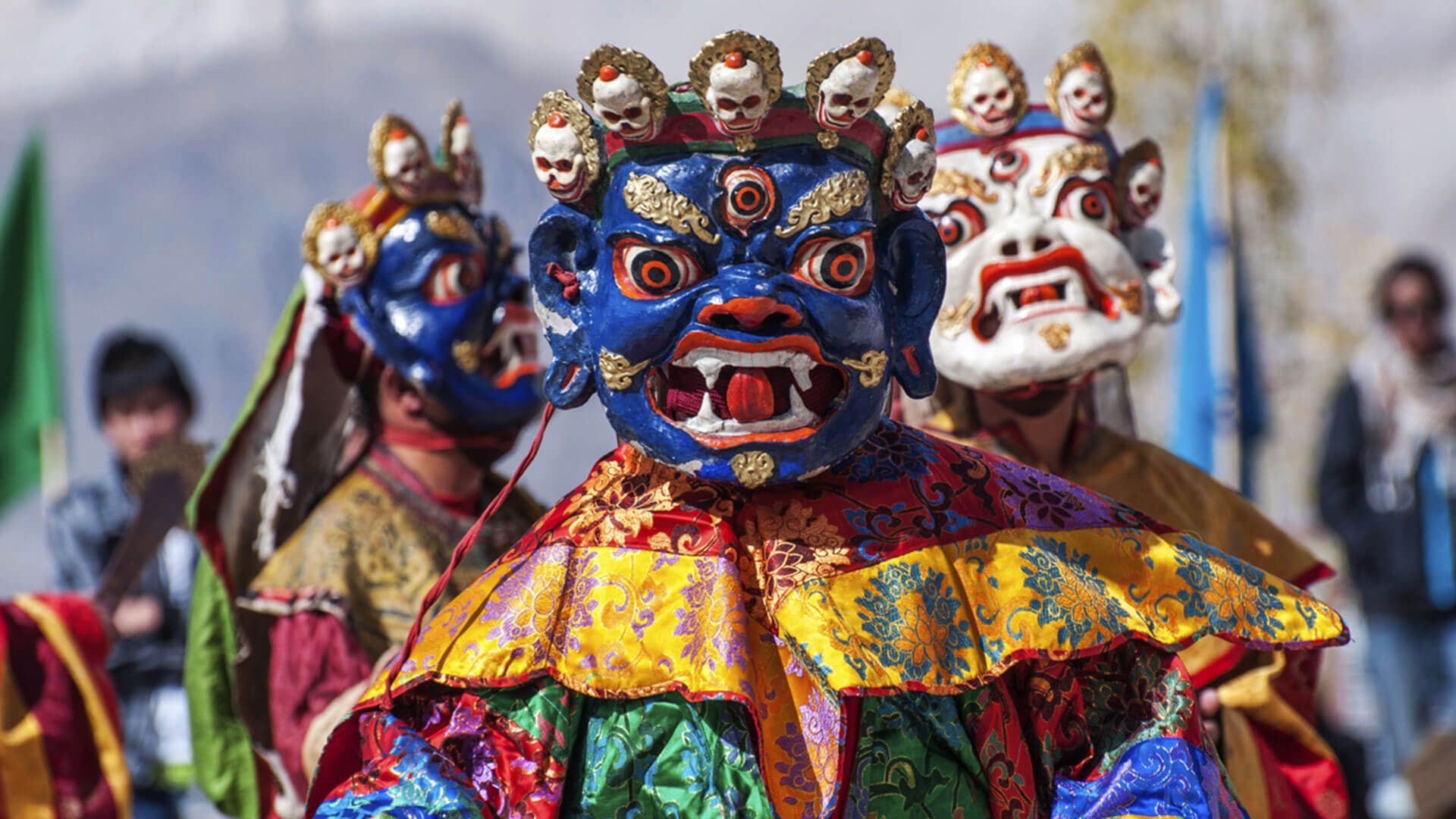
Losar is the Tibetan New Year celebrated with great enthusiasm by the people of the Lahaul-Spiti belt of Kullu and the Buddhist community. This festival falls in February-March. On this day, there is cleaning of houses, traditional food, prayers and cultural performances. People perform special puja in Buddhist monasteries and pray to remove negative forces. This festival reflects new consciousness, spirituality and respect for culture. Losar highlights the cultural diversity of Kullu.

Exciting activities like paragliding, river rafting, trekking and camping are highly popular among tourists in Kullu. River rafting in the Beas river is a thrilling experience, while the Solang valley is considered suitable for paragliding.
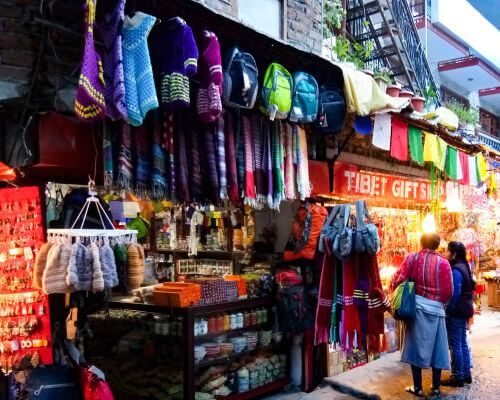
Shopping for Kullu shawls, woolen clothes, wooden artifacts and traditional jewellery is a unique experience. Walking around the local markets and getting to know the craftsmanship here also becomes a cultural experience.
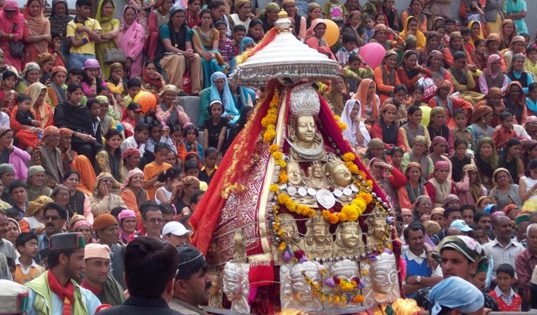
This festival is celebrated on Vijayadashami and it continues here for 7 days. Tableaus of various gods and goddesses, dances and folk songs make this festival lively. This experience is a unique amalgamation of religious faith and cultural splendor.
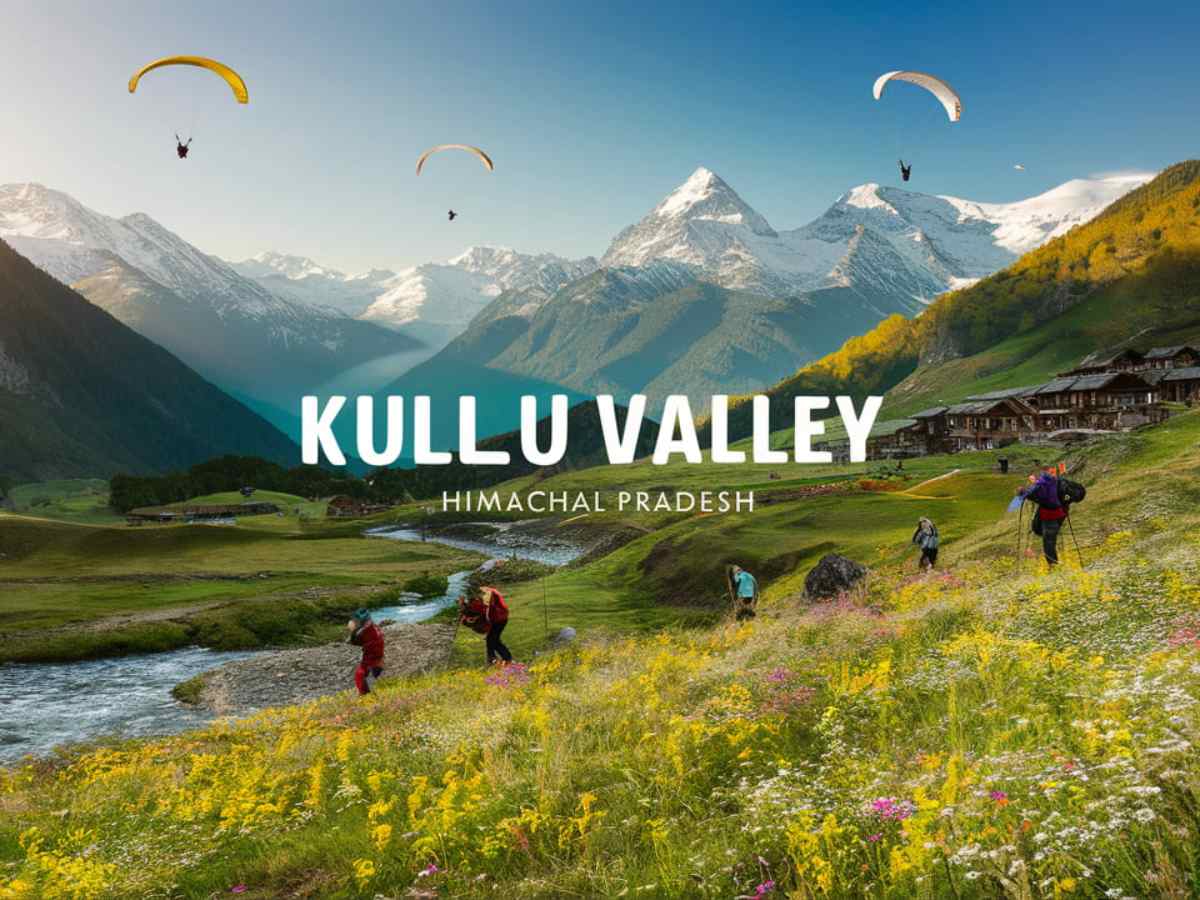
The greenery of Kullu’s valleys, rivers and mountains mesmerizes every nature lover. You can stroll along the Beas river, watch the sunset or meditate in a quiet valley.
info@rajasthantourismbureau.com
+91-9928026027 / +91-141-6783026